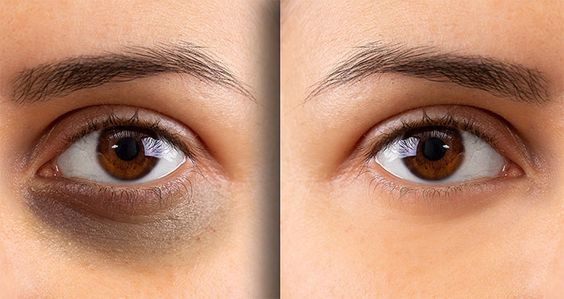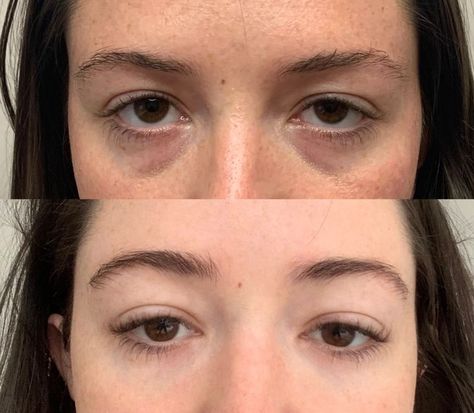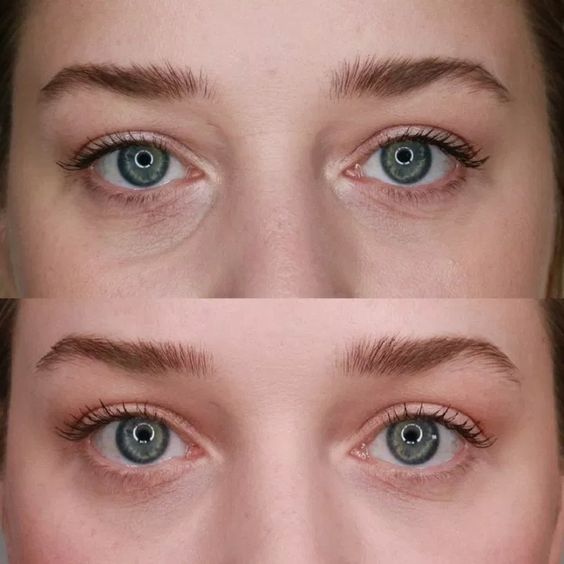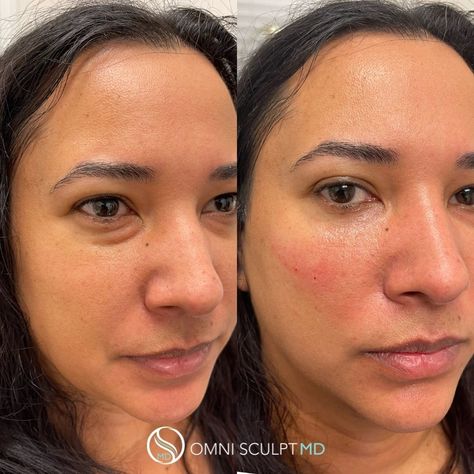Dark circles under your eyes can be a persistent cosmetic concern, making you appear tired or older. But fret not, for there are ways to address them! Let’s delve into the world of dark circles, explore treatment options, and help you choose the most effective approach.
Several factors can contribute to the formation of dark circles. Age plays a role, as thinning under-eye skin allows blood vessels to show through more prominently. Hyperpigmentation, an increase in melanin production, can also lead to a brownish discoloration. Underlying medical conditions like allergies, anemia, or even dehydration can be culprits too.
Not all dark circles are created equal. Vascular circles have a bluish or purplish hue, often caused by visible blood vessels through thin skin. Pigmented circles, on the other hand, display a brownish discoloration due to melanin buildup. Sometimes, a combination of both vascular and pigmented factors can be present.
The best approach to dark circles depends on the underlying cause and severity. Here’s a look at some effective strategies:
Often the simplest yet powerful approach. Aim for 7-8 hours of quality sleep, stay hydrated throughout the day, manage stress levels, and minimize sun exposure. Protecting your under-eyes with sunglasses and sunscreen is crucial.
Eye creams formulated with ingredients like retinol, vitamin C, or kojic acid might offer some relief for mild hyperpigmentation. However, consistency is key, and results may take time.
For under-eye hollows that contribute to darkness, dermal fillers can add volume and camouflage the shadows.
Certain laser treatments target pigmentation or stimulate collagen production for a firmer, smoother under-eye area.
Gentle chemical peels can be used to address mild hyperpigmentation.
Sudden changes in appearance, swelling, or itching alongside dark circles warrant a doctor's visit to rule out any underlying medical conditions.



